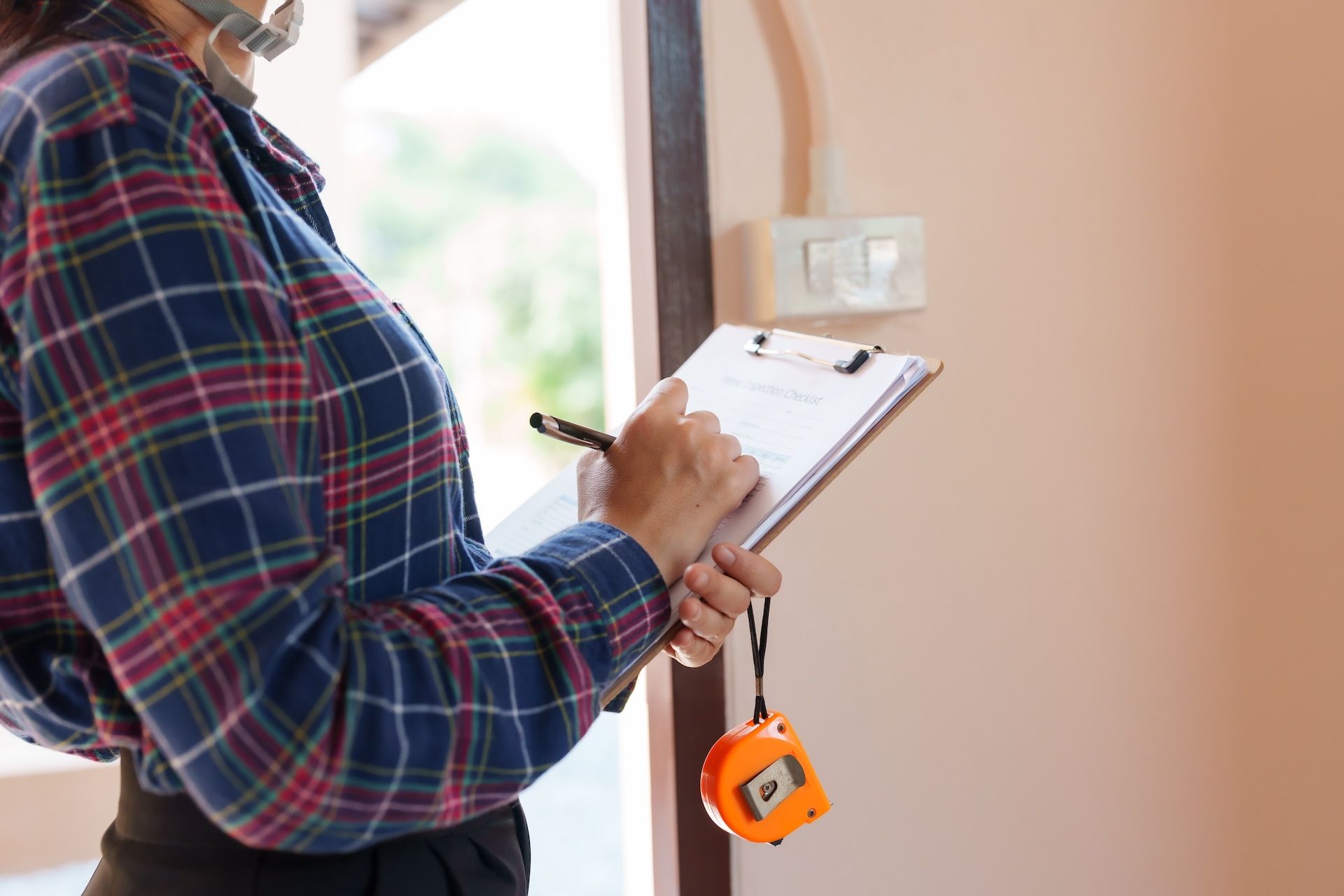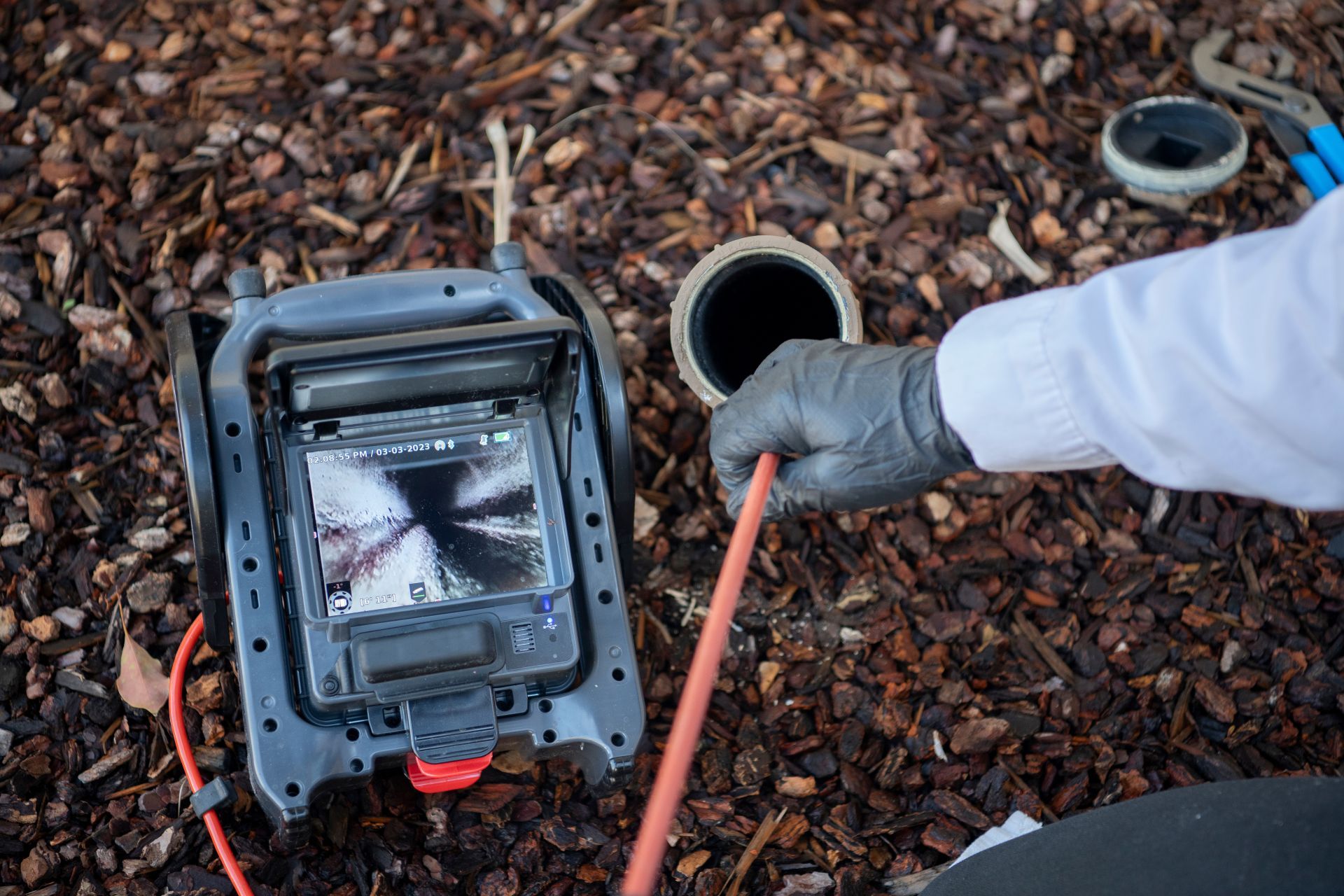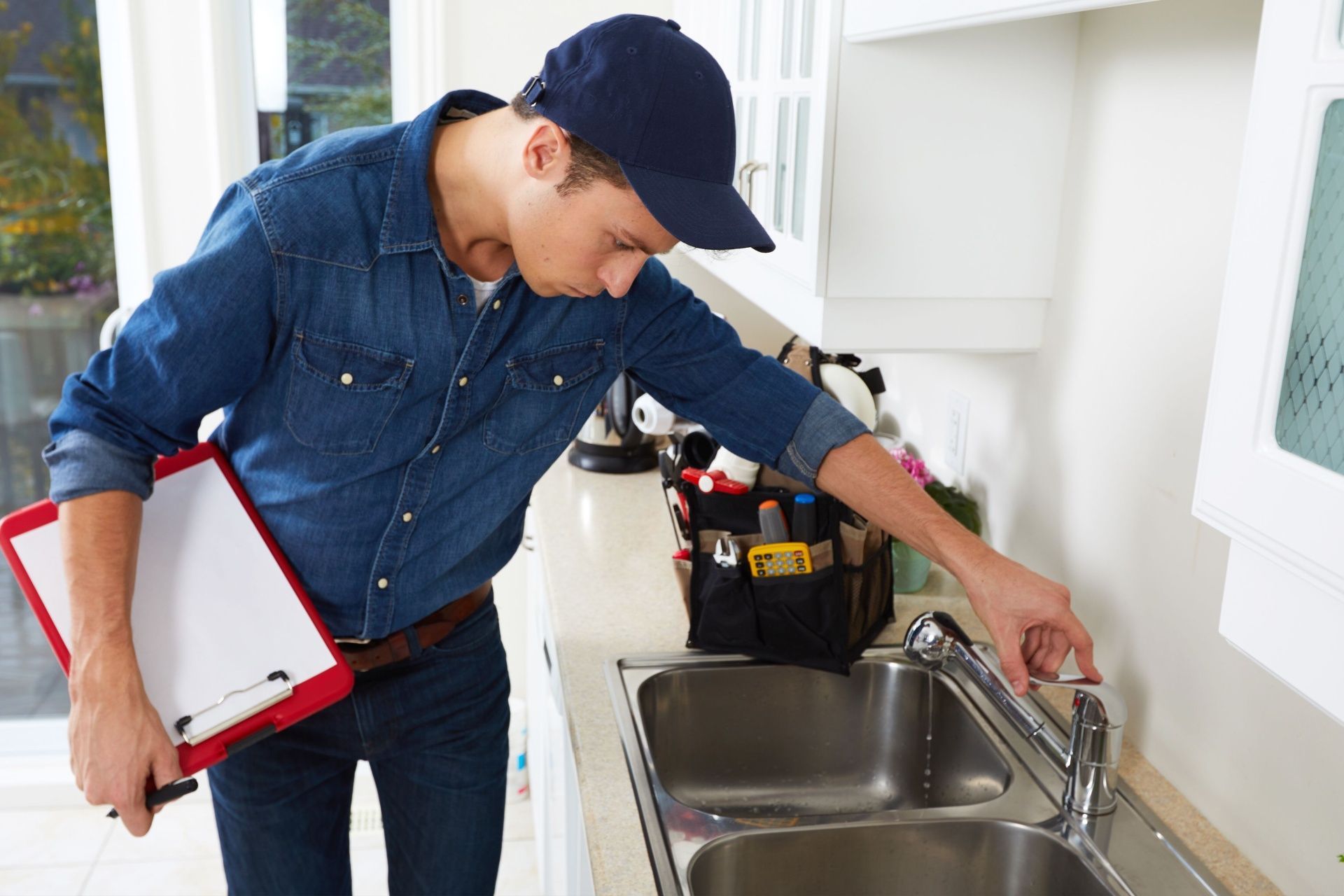How Does Radon Enter A Home?
The fact of the matter is that owning a home requires ongoing maintenance and testing to ensure you stay on top of its condition and eliminate any health hazards before they turn into a problem.
Yet, plenty of homeowners have never examined their humble abode in that regard.
So, what should you be testing for?
Among other things, you should consistently evaluate the home’s wind sustainability and structural stability, and equally importantly, test for the presence of carbon monoxide, mold, and radon.
In today’s post, we’ll focus on radon.
Continue reading to learn how does radon enter a home and what you can do about it.
What is radon?
Radon is a natural byproduct of decaying uranium, making it a dangerous radioactive gas found in most soils on our planet. It often rises above the soil and can eventually mix in with the outdoor air, reaching the inside of your home via cracks in the foundation and other openings.
Once it finds its way into your home, it can become trapped and build up to dangerous amounts.
A similar thing applies to radon gas coming from well water.
Here’s the thing: radon is colorless, tasteless, and odorless. This is why it is such a concern as you won’t notice its presence until it’s too late. According to data provided by the
Environmental Protection Agency (EPA), one in fifteen homes in the USA contains excessive levels of radon.
How susceptible is your home to radon intrusion?
Now that we covered the basics, it’s time to dive into more details on how you can safeguard your home’s well-being.
So how does radon enter a home, and are all homes susceptible to radon intrusion?
Unfortunately, radon can enter homes old and new. Since it generally enters through cracks in the slab foundation or crawl spaces, radon intrusion can happen almost anywhere. Additionally, radon can find its way into a home through poorly insulated sump pump areas and openings in the water supply.
Drafty homes are also susceptible to the hazardous gas, and so are properties with suspended floors.
To summarize, radon can freely enter the home if the home has any point of contact with the ground. This applies to all building materials and most types of homes in the US, which is why you need to implement a radon mitigation system combined with radon testing every two years.
Effects of radon
If you breathe in radon, it enters the lining of your lungs and exposes you to radiation. Over time, this can lead to the development of cancer. In fact, the second biggest contributor to lung cancer after smoking is this particular gas.
In addition to lung cancer, radon can lead to the development of childhood leukemia.
The question on everyone’s mind at this point is how can you know that you’re exposed to radon?
The best you can do is to pay attention to respiratory symptoms such as a persistent cough, wheezing, and shortness of breath. There are no standardized medical tests that can measure the amount of radon you breathe in, and there is also no treatment.
This is why conducting diligent environmental radon testing is so important.
How do radon tests work?
There are plenty of options for testing the radon levels in your home, including:
- Short-term tests
These simple tests use electric ions and activated charcoal to recognize the presence of radon particles. They require being exposed to radon between two and seven days to be effective. Afterward, they have to be sent to a professional laboratory for review.
- Long-term tests
Long-term tests require exposure for 90 days, meaning they’re much more reliable than charcoal-based tests. In addition to measuring the presence of radon, they can capture information about drops in the air pressure, snow levels, winds, soil moisture, and other factors
- Continuous testing
You can avoid the hassle of worrying about radon levels by purchasing a radon testing device that checks for radon continuously. That way, you’ll always have real-time information on the potential level of pollution.
How much does professional radon testing cost?
DIY tests are inexpensive. However, since they can be unreliable, it’s always good to schedule professional testing.
The price of this service can vary according to the size of your home and geographic location. You can get a sizable discount by bundling a radon test with a full home inspection and other types of checkups. Doing so helps you save time and money, while also safeguarding your home and family from harm.
When is the right time to call a professional?
Being familiar with how does radon enter a home is the initial step in recognizing the associated risk. Still, you should take action straight away and contact a professional inspector who can administer an accurate radon test.
As we said previously, you need to schedule this service every two years to be on the safe side. You won’t notice any side effects right away, so it’s always better to be safe than sorry.
Recipe for a safe and healthy home
Regardless of whether you’re planning on selling the home, staying on top of any potential hazards that could impact your health is of utmost importance.
This is especially true for radon. Its tasteless and odorless nature makes it impossible to discover without proper testing.
Even if you had a recent renovation, you should hire a home inspector to provide you with a full evaluation of your home’s condition, including a comprehensive radon test. Getting this report from a qualified professional will grant you the necessary peace of mind, and you can later implement a full radon mitigation system that can help you anticipate any potential hazards before they even become an issue.
For a full home inspection and hazard testing, reach out to
Guardian Angel Inspections. We’ve been in the business for years and always strive to provide the best service money can buy. With exemplary customer service, every necessary qualification, and an abundance of hands-on experience, making us your home’s guardian angels is a no-brainer.
Schedule radon testing by calling 561-512-7854 or filling out our
contact form.
Disclaimer: The information on this website and blog is for general informational purposes only and is not professional advice. We make no guarantees of accuracy or completeness. We disclaim all liability for errors, omissions, or reliance on this content. Always consult a qualified professional for specific guidance.
Share this entry







